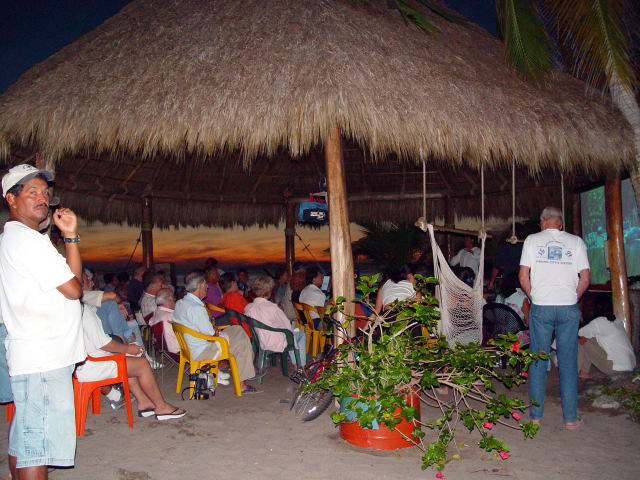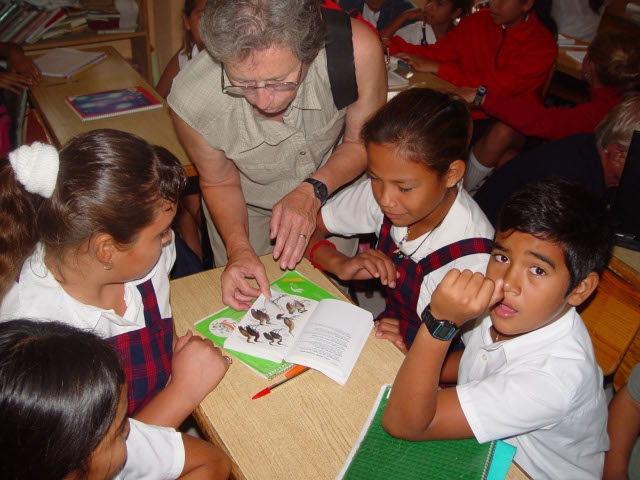In recent years, there has been a
dramatic increase in development along the Costa Alegre on the
central Pacific coast of Mexico. As a result, many small communities
are in transition, and economies traditionally supported by fishing,
agriculture, and ranching are increasingly supported by tourism
including ecotourism. The annual influx of seasonal residents and
transient tourists greatly increases local population in the dry
season, with seasonal residents and transient tourists being lodged
in beach-front campgrounds and recently-constructed houses and
hotels. This increased development has led to habitat conversion and
fragmentation; increased groundwater demand, with related saltwater
intrusion; increased waste discharges, including wastewater
discharges; and increased human-animal interaction and conflict.
These emerging problems have increased pressures on existing water
supply infrastructure and water-dependent natural resources critical
to the maintenance of both the traditional and emerging economies. In
particular, these emerging problems have increased pressures on large
mangrove ecosystems that likely play important roles in supporting
the traditional fishing economies, and undoubtedly play important
roles in supporting emerging ecotourism economies by supporting large
resident and migratory bird populations and large populations of the
American crocodile (Crocodylus acutus).
Our approach to helping to address
these emerging problems combines research, teaching, and community
service with on-the-ground water-supply planning and infrastructure,
natural-resource conservation, and community-outreach efforts. The
overall objective is to provide current scientific information
regarding the hydrological carrying capacity of the basin for the
purpose of informing local and regional resource land-use planning
and decision-making.

The project is organized in five
modules: hydrology, plant ecology and primary productivity, water
quality and food web dynamics, fish, and birds. The modules are
fully-integrated and equally-focused on supporting on-the-ground
water-supply planning and infrastructure, natural-resource
conservation, and community-outreach efforts. Initial efforts have
been well received, and the program is now being exported into basins
north and south of La Manzanilla. This project is entirely run as a
field course, with undergraduate and graduate students being made
full partners in the research. To date, nearly 100 students from the
University of South Florida, the University of Nevada, Reno, and
California State University have joined this project.
Research is ongoing, and will result in
peer-reviewed publications and joint English-Spanish publications
focused on providing timely information in readily-accessible formats
to key decision makers, while simultaneously promoting and assisting
in the development of cooperative monitoring programs, water
resources and wastewater treatment planning and infrastructure, land
purchases and exchanges, and sustainable and socially-just businesses
such as locally-owned and operated ecotourism guide services.

To various degrees, the project has
been funded by the Earthwatch Institute and student participation
fees, with student participation fees being partially offset by small
grants to student participants from the UR USF Office of
Undergraduate Research and the Florida Section of the American Water
Resources Association.